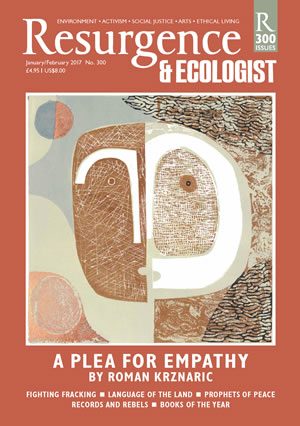I’m still quite old-fashioned about books: about not wanting to write in them, as if this were some strange form of sacrilege. So as I leave the house, my review copy of Elemental: An Arts and Ecology Reader in hand, I grab a small stack of bright orange Post-it notes, ready to mark the pages of interest as I journey forth.
By the end of the afternoon there are whole sections of the book with nothing stuck on them at all. Like the best meals, it’s the beginning and the end that have grabbed my attention, the pages littered with little orange flags. By the time I get to Wallace Heim’s How I Love to Moa (curiously sitting as an epilogue, for reasons I can’t quite understand) I’m having to go back in search of flags I can tear in half, because I need so many for this particular chapter.
I suppose I have a very particular view of the word ‘ecology’ and the phrase ‘arts and ecology’. That in itself is oxymoronic, because I believe an ecological practice – or ‘being ecological’ – is a way of being in the world, not a set of practices or a style or an art form. Something not to be defined or hemmed in by boundaries.
Heim’s article is the standout in this collection of essays because it contains the words I would expect to find in any writing about arts and ecology: immanence, emergence, disappearance, relational, presence, and so on. Heim’s piece is a standout, too, as the only piece not engaging with what might loosely be described as ‘visual art’. Her exploration of John Lyall’s Requiem for Electronic Moa is a sophisticated and insightful analysis of what sounds like an extraordinary work, and I finish it knowing so much more about the world, not just about this piece of theatre.
The opening essay by Ruth Little, Testimony: Art for the Sake of Place, is equally rich and insightful. As a very useful frame for the rest of the book, she says: “Art-making…becomes a form of attention to the patterns and processes of the universe, which gives voice to the minute infinitude of human experiences within it… [Art] can then be understood less in terms of object or outcome than as a whole body activity, a choreography of material and emotional processes…”
The book works best when sitting squarely within the world of art-making rather than theory. Basia Irland’s Ice Receding: Books Reseeding is an absorbing exploration of the artist’s own work of the same name. I found Beverly Naidus’ and David Haley’s offers of their own definitions of ‘art and ecology’ less helpful but of interest nonetheless.
I have little interest in the overtly political, so I struggled with the essay by T.J. Demos, and I was irritated by the unnecessarily obscure language of Geneviève Lynes. The Tim Collins/Reiko Goto piece is of course interesting, but it would have read so much better if only it had been written in the first person.
But this is a Reader, intentionally broad in scope; absolutely worth owning, for regular visits.






